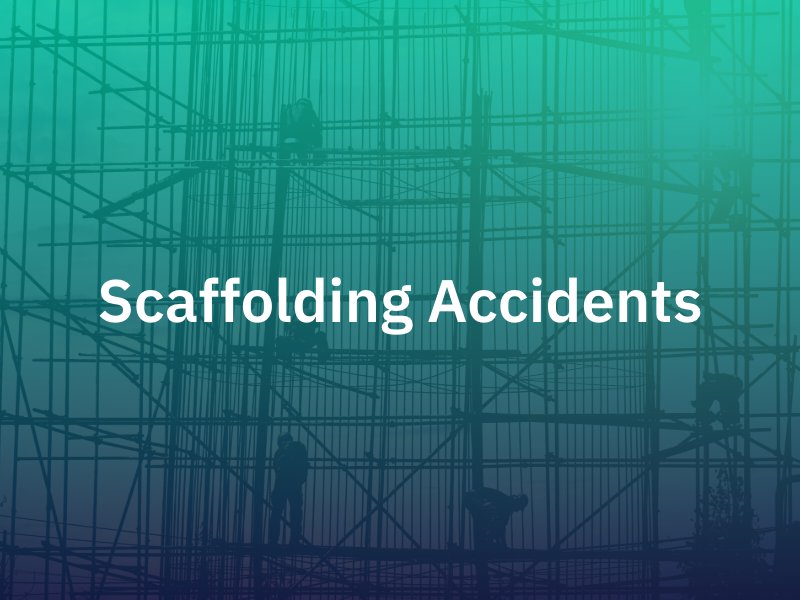What Are The Major Causes Of Scaffolding Accidents?
Posted on January 18, 2021 in Construction Accidents
Scaffolding is one of the most important structures at many construction sites, particularly those that involve multiple levels. However, scaffolding accidents are a leading cause of injuries in the construction industry. Here, we want to discuss the major causes of scaffolding accidents. In general, these incidents are entirely preventable, and it is not uncommon to discover that the careless or negligent actions of a construction company or an employee are responsible for scaffolding failure.
Scaffolding accidents can result in severe injuries
When we turn to the Occupational Safety and Health Administration data, we can see that scaffolding violations are the third most common type of violation that OSHA cites construction companies for. The construction industry is one of the most dangerous in the United States, and unfortunately, many of the injuries in this industry revolve around poorly built or poorly maintained scaffolding.

Most scaffolding injuries are preventable so long as a construction site is following OSHA standards. However, many construction employers do not follow OSHA recommendations when it comes to the construction of support structures. Some of the most common causes of scaffolding accidents include the following:
Scaffolding defects
Many scaffolding accidents are caused by issues with the actual scaffolding parts. If the scaffolding was improperly designed or if there was an error made during manufacturing, then it may be considered defective under state or federal laws.
Improper scaffolding construction
Even if scaffolding is not defective, it is imperative that the entire scaffolding construction be done appropriately. When the scaffolding is inappropriately constructed, including failing to affix all attachment points, failing to install necessary racing, failing to install guardrails, etc., this significantly increases the chance that the scaffolding will collapse.
Inadequate scaffolding maintenance
There is no such thing as constructing scaffolding and then leaving it untouched. Often, scaffolding remains in place for long periods of time, and the scaffolding must be regularly maintained and repaired.
Weak or inadequate planking
It is imperative that all scaffolding has started blanking so that the workers can properly perform their duties on the scaffolding. Weak or inadequate planking significantly increases the fall risk for workers.
Inadequate worker training
Any worker that will be operating on or around the scaffolding must have adequate training. Constructing the scaffolding itself requires specific training and skills, as does working on the scaffolding during day-to-day activities.
Inadequate access to safety equipment
Even when scaffolding is properly designed and constructed, workers must still be provided with access to adequate safety equipment. This can include proper safety harnesses in the event a fall does occur as well as structurally sound carabiners, gloves, hard hats, footwear, etc.
Failure to protect workers from falling objects
In addition to protecting workers from falls caused by scaffolding, it is imperative that construction companies protect workers on the ground from injuries that could be caused by objects falling from overhead.
Hazardous working conditions
Any time a person is working on scaffolding on the outside of a partially constructed building, the weather needs to be taken into account. Rain, snow, and ice, as well as significant changes in temperature, can compromise the integrity of scaffolding as well as cause hazardous working conditions.
